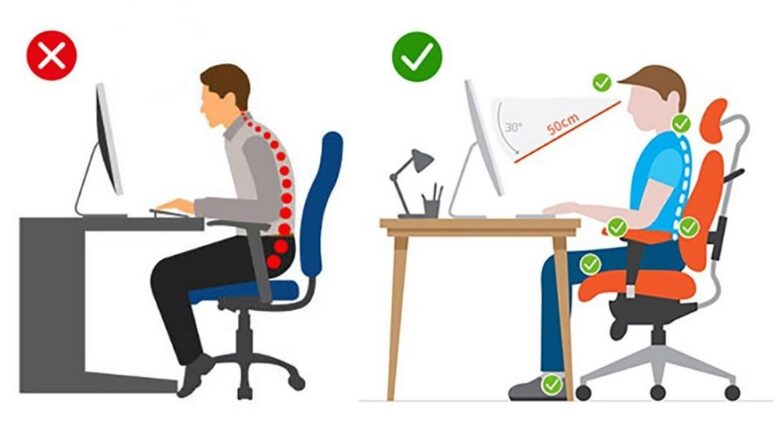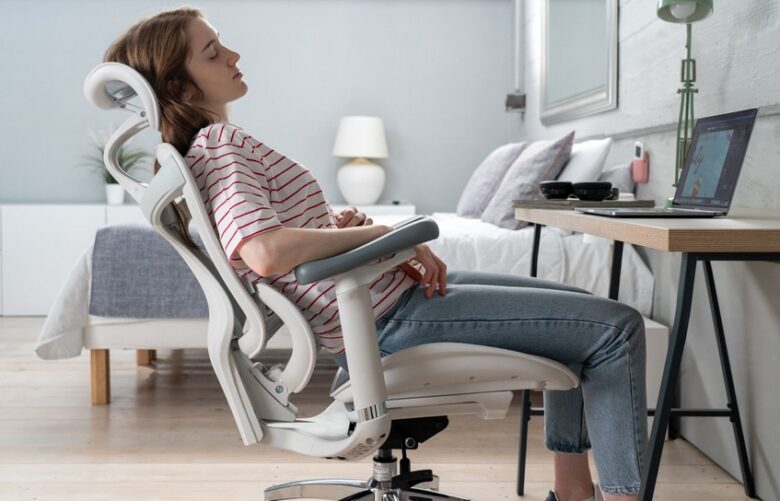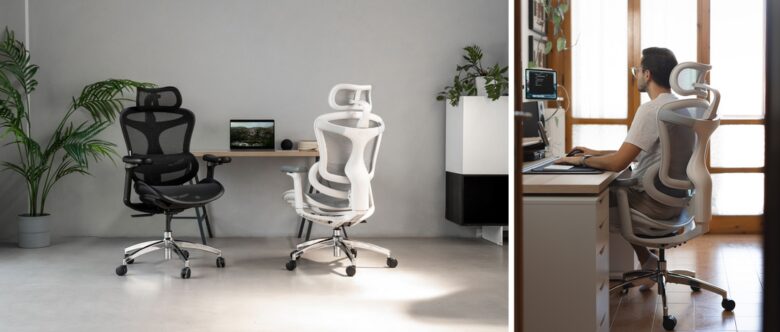In an era marked by technological advancements and modern workspaces, ergonomic furnishings have become crucial to everyday living. This doesn’t only apply to the office space but also how we design our homes, entertainment spaces, and even outdoor environments. Through ergonomic design, we enhance our daily interactions with our surroundings, improve our health and overall quality of life. This article delves deep into the art and science of creating life-enhancing ergonomic furnishings.
Defining Ergonomics First, it’s essential to understand what we mean by ergonomics. It’s the study of designing equipment and devices that fit the human body, its movements, and its cognitive abilities. Applied to furniture, ergonomics aims to ensure that the user’s body is supported in ways that minimize stress and eliminate potential injuries associated with bad posture or prolonged use.
Contents
- The Importance of Ergonomics
- Key Principles in Ergonomic Furniture Design
- Crafting Ergonomic Furnishings: A Step-by-Step Approach
- Challenges in Crafting Ergonomic Furnishings
- Tips for Consumers: Making Ergonomic Choices
- Beyond Furniture: The Bigger Ergonomic Picture
- Sustainability and Ergonomics
- The Ergonomic Chair Worth Considering
The Importance of Ergonomics

- Health Benefits: Regularly using poorly designed furniture can lead to chronic problems like carpal tunnel syndrome, back pain, and neck strain. Ergonomic office chairs aim to prevent these issues.
- Increased Productivity: Comfortable individuals tend to be more productive. By reducing strain and discomfort, ergonomic furniture facilitates better concentration and higher efficiency.
- Adaptability and Flexibility: Ergonomic furniture often considers the various shapes and sizes of its users, making it adaptable and versatile for a wide range of people.

Key Principles in Ergonomic Furniture Design
- Body-Conscious Design: Furniture should accommodate the body’s natural posture and movements. Chairs, for instance, should support the curve of the spine.
- Adjustability: As people come in various shapes and sizes, adjustable features (like chair height or desk depth) are essential.
- Material Matters: Materials should provide adequate support and cushioning. They should also be durable, easy to clean, and environmentally friendly when possible.
- Ease of Use: Furniture should be intuitive to use, without necessitating a steep learning curve or complex adjustments.
Crafting Ergonomic Furnishings: A Step-by-Step Approach
- Research and Analysis
Start by understanding the needs of potential users. This could involve surveys, observational studies, or even seeking feedback from current furniture pieces. - Conceptualization
With the research in hand, begin brainstorming design ideas. Think about what improvements can be made over existing solutions and how to integrate ergonomic principles. - Prototyping and Testing
Once a design concept is clear, create prototypes. Allow users to interact with these prototypes and gather feedback. Adjust the design accordingly. - Refinement
Fine-tune the design based on testing. This step might involve adjusting materials, mechanisms, or aesthetics to ensure maximum ergonomic benefits. - Production and Launch
With a finalized design, move into production. Once produced, ensure that end-users are educated about the furniture’s ergonomic benefits and how to use them effectively.
Challenges in Crafting Ergonomic Furnishings
Crafting ergonomic furniture isn’t without its challenges. There’s a balance to strike between aesthetics and functionality, cost and value, tradition and innovation. One of the main hurdles designers face is creating ergonomic furniture that is also aesthetically pleasing. There’s also the challenge of educating the consumer about why an ergonomic piece might be pricier but is a worthy investment in the long run.
Tips for Consumers: Making Ergonomic Choices
When you’re on the hunt for furniture, whether for the office or home, it’s essential to prioritize ergonomics alongside style and budget considerations. Here are some tips to help guide your purchases:
- Test Before You Buy: Spend some time sitting on that chair or typing at that desk before purchasing. A five-minute trial can tell you a lot about comfort and support.
- Prioritize Adjustability: Opt for furniture that can be customized to fit your body type and preferences. Whether it’s chair height, backrest angle, or armrest width, these little adjustments can make a significant difference.
- Look for Certification: Some organizations and institutions provide ergonomic certifications for products. These can be a good indicator of the furniture’s ergonomic quality.
- Understand Your Needs: Do you spend long hours at a computer? Do you need ample lumbar support? Understanding your personal requirements will help narrow down choices.
- Seek Expert Advice: If you’re unsure, consider seeking advice from ergonomic experts or physiotherapists. They can provide insights into what type of furniture will best suit your needs.
Beyond Furniture: The Bigger Ergonomic Picture
Furniture plays a crucial role in ergonomics, but it’s just one piece of the puzzle. Other factors, like lighting, temperature, and room layout, also impact our well-being and productivity. To truly embrace an ergonomic lifestyle:
- Ensure Adequate Lighting: Proper lighting reduces eye strain. Ensure your workspace is well-lit, preferably with natural light.
- Maintain an Optimal Temperature: Being too hot or cold can be distracting. Aim for a room temperature between 68-74°F (20-23°C) for optimal comfort.
- Keep Essentials Within Arm’s Reach: Position frequently used items, like phones or notepads, within easy reach to minimize unnecessary stretching or bending.
- Take Regular Breaks: Regardless of how ergonomic your environment is, our bodies are not designed for prolonged static positions. Take short breaks every hour to stretch and move around.
Sustainability and Ergonomics
In today’s world, sustainability and ergonomics often go hand-in-hand. Ethically sourced materials, recyclable components, and energy-efficient production processes are not just good for the planet but can also influence the ergonomic quality of a product. For instance, sustainable materials might be less toxic, ensuring better air quality indoors.
When shopping for ergonomic furniture, it’s worth considering the product’s environmental impact. A piece that’s both ergonomically designed and sustainably produced represents a win-win for both the consumer and the environment.
The Ergonomic Chair Worth Considering

It may be daunting to pick an ergonomic office chair for yourself as there are so many options in the market. Sihoo’s brand-new Doro-C300 chair might be worth taking into consideration.

The chair boasts multiple innovative designs, including self-adaptive dynamic lumbar support that moves with you and keeps your lower back supported and comfortable in different postures, flexible backrest that stays contact with your back when you move your upper body from side to side, and 3D coordinated armrests that now just adjust in 3 directions but also synchronize with the backrest when reclining. Additionally, the Doro-C300 features a waterfall-shaped seat cushion to minimize pressure on your hips and thighs and a full breathable mesh design that keeps you cool, the list goes on.
Final Words
Crafting life-enhancing ergonomic furnishings requires a blend of art and science. It’s a holistic approach that takes into account the human body, its movements, our daily activities, and our interactions with our environment. With the right blend of research, design, and user-centric focus, we can create furnishings that not only look good but also enhance our daily lives, ensuring that we remain healthy, productive, and comfortable in all our spaces.
